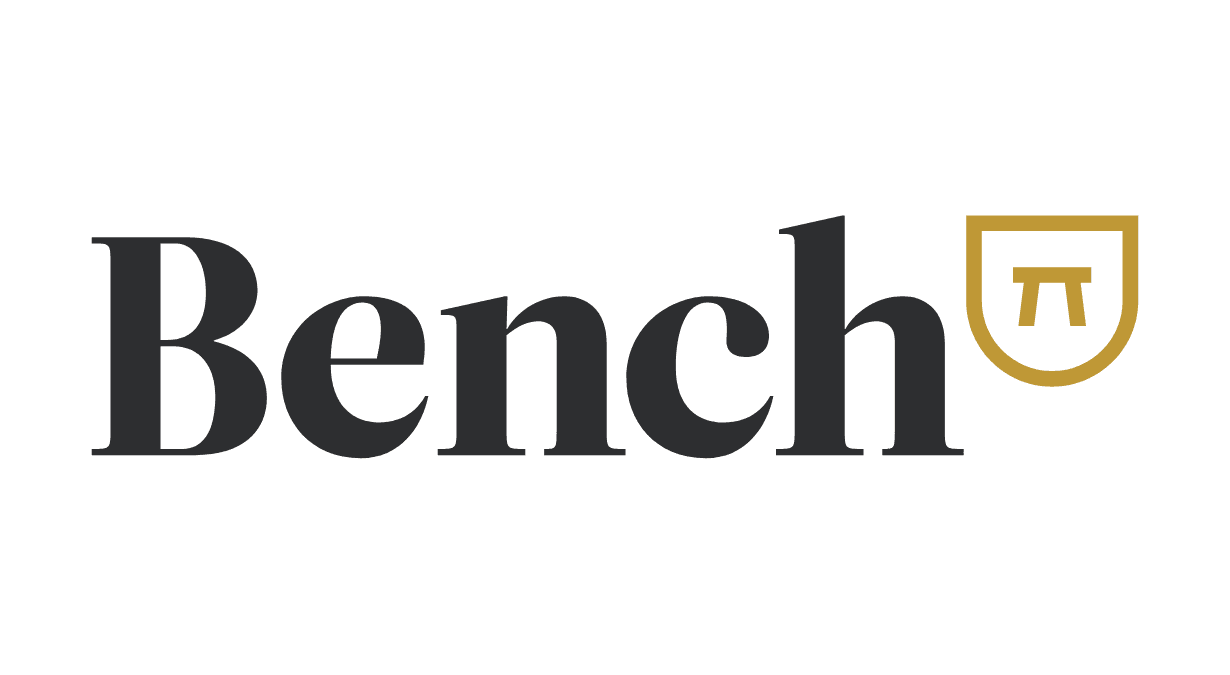Nov 30, 2024
The Essential Guide to Small Business Taxes: What Every Business Owner Needs to Know



Think of taxes like the operating system of your business—they're running in the background of every decision you make. As we navigate through 2024's tax landscape, let's break down what you need to know to keep your business running smoothly and compliantly.
Understanding Your Tax Foundation
Just as different apps need different operating systems, different business structures have their own tax implications. Let's explore each with real-world examples:
Sole Proprietorship: The Simple Start
Take Sarah, a freelance web developer in Austin. She made $120,000 in 2023 through her web development business. Using Schedule C, she reported her income and deducted $30,000 in legitimate business expenses, including her new MacBook Pro, web hosting costs, and professional software subscriptions. She's responsible for both income tax on her $90,000 profit and self-employment tax of 15.3% on this amount.
Partnerships and LLCs: The Team Players
Consider Bloom Digital, a marketing agency run by three partners. In 2023, they generated $500,000 in revenue. Using Form 1065, they reported their business income, and each partner received a Schedule K-1 showing their $100,000 share of profits (after expenses). This became particularly important when one partner decided to invest in new video equipment—they needed to show their K-1 to secure a business loan.
Corporations: The Complex Structures
Since the Tax Cuts and Jobs Act, C-corporations enjoy a flat 21% tax rate. For example, Tech Solutions Inc., a software company, earned $1 million in 2023. Their corporate tax bill was $210,000 (21% of $1 million), significantly less than the 35% they would have paid before the tax reform.
Essential Tax Planning Steps
1. Get Your Books in Order
Real-world example: Miguel, a restaurant owner, struggled with tax season until he implemented a three-part system:
Daily sales and expense tracking using POS software
Weekly bank reconciliation every Monday morning
Monthly financial statement review with his bookkeeper This system saved him an estimated 15 hours of scrambling during tax season.
2. Understanding Your Tax Calendar
Critical dates for 2024:
Q1 Estimated Tax Payment: April 15, 2024
Q2 Estimated Tax Payment: June 15, 2024
Q3 Estimated Tax Payment: September 15, 2024
Q4 Estimated Tax Payment: January 15, 2025
Pro Tip: Many successful business owners set calendar reminders 30, 14, and 7 days before each deadline.
3. Master Tax Deductions
Let's look at a real case study: Emma's Design Studio claimed these deductions in 2023:
Home office: $3,600 (300 sq ft at $12/sq ft)
Professional development: $2,500 for advanced design courses
Equipment: $4,200 for a new design workstation
Software subscriptions: $1,800 annually Total tax savings: approximately $3,000 based on her tax bracket
Smart Tax-Saving Strategies
Create a Tax Reserve
Based on current tax rates, here's a practical saving strategy:
Revenue under $100,000: Save 25%
Revenue $100,000-$250,000: Save 28%
Revenue over $250,000: Save 30%
Example: A business making $150,000 should aim to save $42,000 ($150,000 × 28%) for taxes.
Timing Your Income and Expenses
Real-world application: A consulting firm delayed billing $20,000 of December 2023 work to January 2024, effectively postponing tax liability for a full year while managing cash flow strategically.
Leverage Technology
Modern tax-saving tech stack:
QuickBooks for daily bookkeeping
Receipt Bank for expense tracking
Stripe for payment processing
Gusto for payroll management
Common Tax Pitfalls to Avoid
Mistake #1: Mixing Personal and Business Finances
Case study: A food truck owner mixed personal and business expenses for six months. Result: Spent 40+ hours separating transactions and paid an additional $2,000 in accounting fees to correct the situation.
Mistake #2: Poor Record-Keeping
Essential documentation checklist:
Digital copies of all receipts (stored for 7 years)
Mileage log with business purpose noted
Client meeting notes with date and business purpose
Bank and credit card statements
Mistake #3: Missing Deadlines
2023 IRS data shows:
Late payment penalty: 0.5% per month
Late filing penalty: 5% per month
Interest compounds daily
Example: A $10,000 tax bill filed three months late could incur $1,500 in penalties plus interest.
Working with Tax Professionals
Current market rates for tax services (2024):
Basic tax return: $400-800
Monthly bookkeeping: $200-500
Tax planning session: $300-700
Full-service tax management: $2,000-5,000 annually
Cost-benefit analysis: A good tax professional typically saves clients 2-3 times their fee through proper deductions and planning.
The Bottom Line
Remember: Effective tax management is like preventive maintenance for your business—a little effort throughout the year prevents major headaches during tax season. Stay organized, plan ahead, and don't hesitate to seek professional help when needed.
Disclaimer: This guide provides general information for educational purposes. Tax regulations can be complex and vary based on individual circumstances. Please consult with a qualified tax professional for advice specific to your situation.
Think of taxes like the operating system of your business—they're running in the background of every decision you make. As we navigate through 2024's tax landscape, let's break down what you need to know to keep your business running smoothly and compliantly.
Understanding Your Tax Foundation
Just as different apps need different operating systems, different business structures have their own tax implications. Let's explore each with real-world examples:
Sole Proprietorship: The Simple Start
Take Sarah, a freelance web developer in Austin. She made $120,000 in 2023 through her web development business. Using Schedule C, she reported her income and deducted $30,000 in legitimate business expenses, including her new MacBook Pro, web hosting costs, and professional software subscriptions. She's responsible for both income tax on her $90,000 profit and self-employment tax of 15.3% on this amount.
Partnerships and LLCs: The Team Players
Consider Bloom Digital, a marketing agency run by three partners. In 2023, they generated $500,000 in revenue. Using Form 1065, they reported their business income, and each partner received a Schedule K-1 showing their $100,000 share of profits (after expenses). This became particularly important when one partner decided to invest in new video equipment—they needed to show their K-1 to secure a business loan.
Corporations: The Complex Structures
Since the Tax Cuts and Jobs Act, C-corporations enjoy a flat 21% tax rate. For example, Tech Solutions Inc., a software company, earned $1 million in 2023. Their corporate tax bill was $210,000 (21% of $1 million), significantly less than the 35% they would have paid before the tax reform.
Essential Tax Planning Steps
1. Get Your Books in Order
Real-world example: Miguel, a restaurant owner, struggled with tax season until he implemented a three-part system:
Daily sales and expense tracking using POS software
Weekly bank reconciliation every Monday morning
Monthly financial statement review with his bookkeeper This system saved him an estimated 15 hours of scrambling during tax season.
2. Understanding Your Tax Calendar
Critical dates for 2024:
Q1 Estimated Tax Payment: April 15, 2024
Q2 Estimated Tax Payment: June 15, 2024
Q3 Estimated Tax Payment: September 15, 2024
Q4 Estimated Tax Payment: January 15, 2025
Pro Tip: Many successful business owners set calendar reminders 30, 14, and 7 days before each deadline.
3. Master Tax Deductions
Let's look at a real case study: Emma's Design Studio claimed these deductions in 2023:
Home office: $3,600 (300 sq ft at $12/sq ft)
Professional development: $2,500 for advanced design courses
Equipment: $4,200 for a new design workstation
Software subscriptions: $1,800 annually Total tax savings: approximately $3,000 based on her tax bracket
Smart Tax-Saving Strategies
Create a Tax Reserve
Based on current tax rates, here's a practical saving strategy:
Revenue under $100,000: Save 25%
Revenue $100,000-$250,000: Save 28%
Revenue over $250,000: Save 30%
Example: A business making $150,000 should aim to save $42,000 ($150,000 × 28%) for taxes.
Timing Your Income and Expenses
Real-world application: A consulting firm delayed billing $20,000 of December 2023 work to January 2024, effectively postponing tax liability for a full year while managing cash flow strategically.
Leverage Technology
Modern tax-saving tech stack:
QuickBooks for daily bookkeeping
Receipt Bank for expense tracking
Stripe for payment processing
Gusto for payroll management
Common Tax Pitfalls to Avoid
Mistake #1: Mixing Personal and Business Finances
Case study: A food truck owner mixed personal and business expenses for six months. Result: Spent 40+ hours separating transactions and paid an additional $2,000 in accounting fees to correct the situation.
Mistake #2: Poor Record-Keeping
Essential documentation checklist:
Digital copies of all receipts (stored for 7 years)
Mileage log with business purpose noted
Client meeting notes with date and business purpose
Bank and credit card statements
Mistake #3: Missing Deadlines
2023 IRS data shows:
Late payment penalty: 0.5% per month
Late filing penalty: 5% per month
Interest compounds daily
Example: A $10,000 tax bill filed three months late could incur $1,500 in penalties plus interest.
Working with Tax Professionals
Current market rates for tax services (2024):
Basic tax return: $400-800
Monthly bookkeeping: $200-500
Tax planning session: $300-700
Full-service tax management: $2,000-5,000 annually
Cost-benefit analysis: A good tax professional typically saves clients 2-3 times their fee through proper deductions and planning.
The Bottom Line
Remember: Effective tax management is like preventive maintenance for your business—a little effort throughout the year prevents major headaches during tax season. Stay organized, plan ahead, and don't hesitate to seek professional help when needed.
Disclaimer: This guide provides general information for educational purposes. Tax regulations can be complex and vary based on individual circumstances. Please consult with a qualified tax professional for advice specific to your situation.
Take the Next Step in Your U.S. Business Journey
Whether you're just starting out or looking to streamline your existing U.S. operations, we're here to help you succeed. Join thousands of satisfied nonresident entrepreneurs who trust us with their U.S. business compliance.
Take the Next Step in Your U.S. Business Journey
Whether you're just starting out or looking to streamline your existing U.S. operations, we're here to help you succeed. Join thousands of satisfied nonresident entrepreneurs who trust us with their U.S. business compliance.
Take the Next Step in Your U.S. Business Journey
Whether you're just starting out or looking to streamline your existing U.S. operations, we're here to help you succeed. Join thousands of satisfied nonresident entrepreneurs who trust us with their U.S. business compliance.



